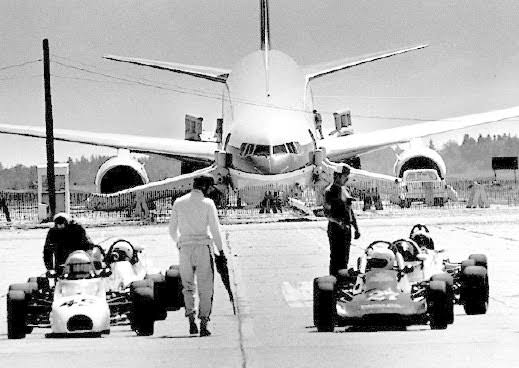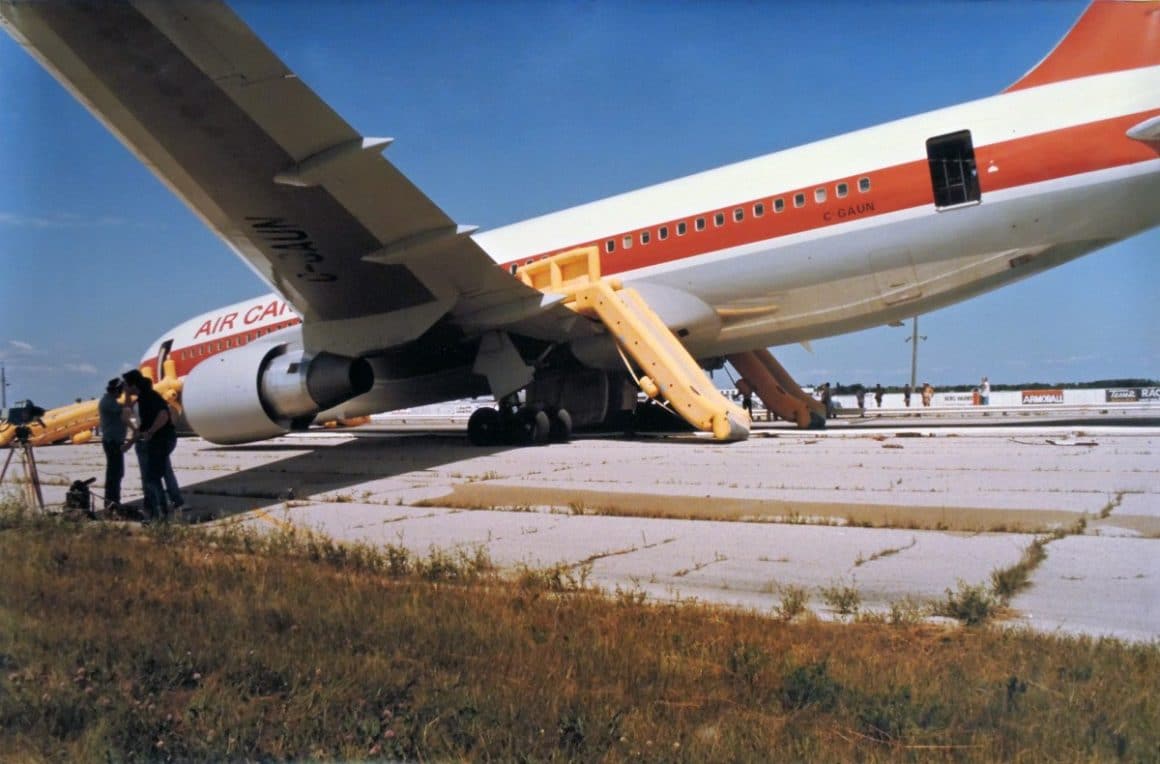The incident resulted from improper procedures, incorrect fuel load conversion, deferred maintenance, and bad luck.
Air Canada Flight 143 departed from Montréal–Dorval International Airport (YUL) on 23 July 1983. The new 767-200 climbed to 41,000 feet to fly above the strong jet stream. Halfway through its flight, a number of fuel warnings started to chime in the cockpit. At first, the warnings were thought to be caused by a faulty pump. But when one, and then the other, engine failed, it became apparent that the jet had somehow run out of fuel. Here’s a video about the Gimli Glider uploaded to YouTube by CBC News: The National
[youtube id=”3ffryZAd4Nw” width=”800″ height=”454″ position=”left”]

Making One Fine Emergency Landing

Captain Pearson established the jet at the optimal glide speed. Being an experienced glider pilot, the captain made mental calculations that he could not make the emergency divert field of Winnipeg. Knowing the area, he queried the distances to other fields in the area. He remembered that the old Gimli Air Force base was located nearby. After querying the controller, the crew determined that the closed field was within gliding distance. With expert skill, including slipping the jet, the captain landed the jet on the former airstrip turned drag strip. It was an unprecedented feat. All 61 passengers survived.

But Not Quite a Unique Feat
The feat would stand alone until 1988 when a TACA Boeing 737 landed on levee near New Orleans with no loss of life. Another amazing occurrence happened in January 2009 when Captain Sully Sullenberger guided his Airbus A320 to a safe powerless landing on the Hudson river.

